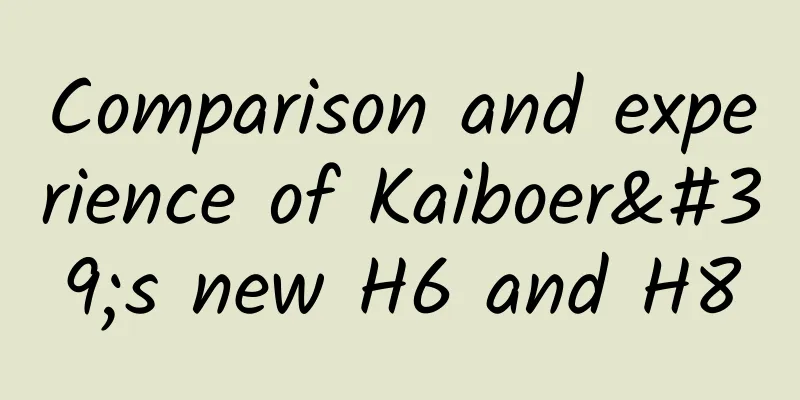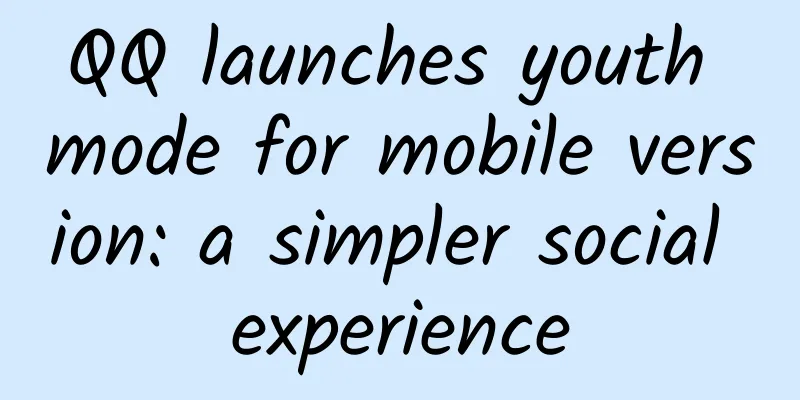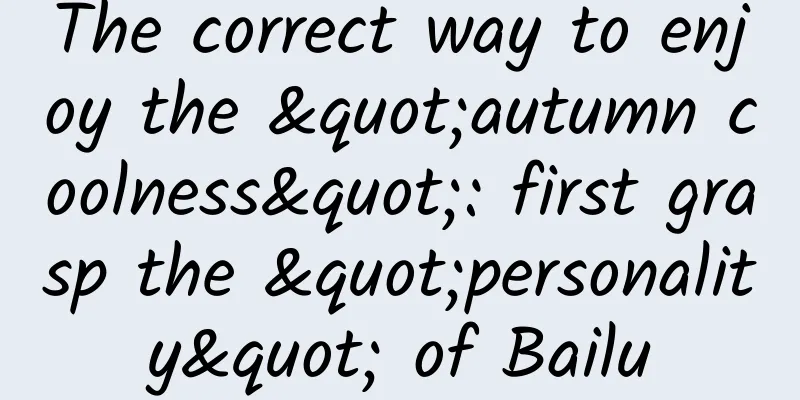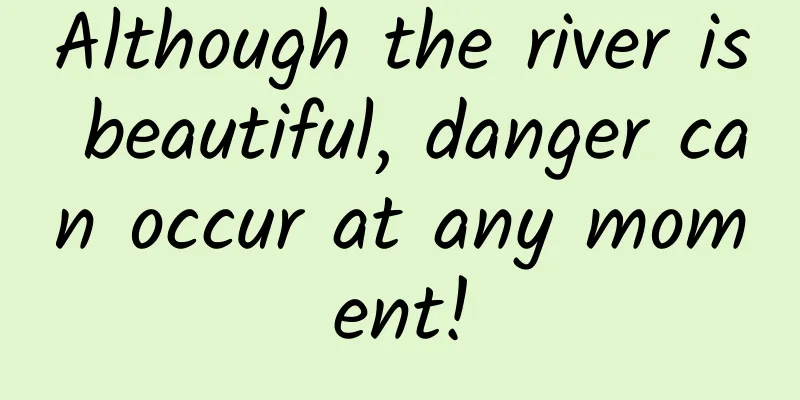Scientists have calculated that there are 200 trillion ants in the world. What does this mean?
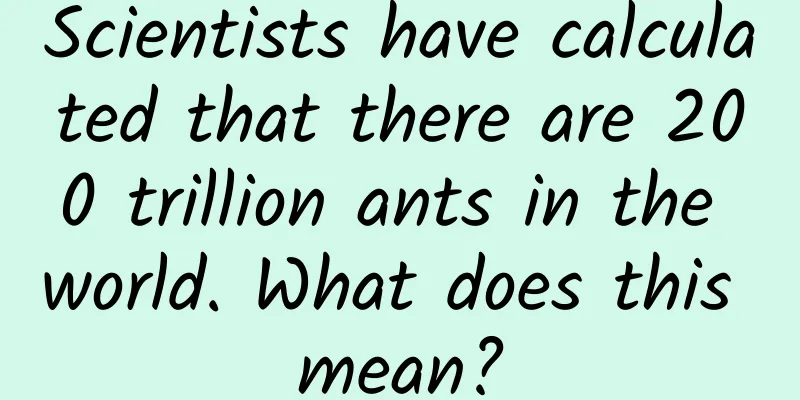
|
People only know that there are a lot of ants, but how many there are, how many ants there are in the world, no one knows the exact number. I thought it would always be a mystery, but a group of bored scientists (just kidding, don't take it seriously) actually counted the number of ants in the world, and it was as high as 20 trillion to 200 trillion. This research was published in the form of a paper in this week's "Proceedings of the National Academy of Sciences". The authors are a group of scientists from the University of Hong Kong. They analyzed 489 research results from around the world and came to the conclusion that there are 2 trillion to 200 billion ants in the world, with a total mass of about 12 million tons of dry carbon. The so-called dry carbon is a standard method for measuring animal biomass, generally referring to the dry weight of plants and animals living per unit area, usually 45-50% of the biomass. In other words, if all the ants in the world were dried up, they would weigh 12 million tons. This is an incredible number. Scientists believe that all wild animals in the world, including birds, cannot reach this amount of dry carbon. I dare not say whether this is accurate, but there is still a gap compared to humans. We can roughly calculate the amount of dry carbon in the world's population: if the average person weighs 60 kilograms, according to the latest statistics, the world's total population is close to 7.9 billion, and the total mass is 474 million tons based on 7.9 billion. Multiplying by 0.45, the total amount of dry carbon is about 213.3 million tons, which is much more than ants. So, are there really so many ants, and are scientists' calculations accurate? A number as large as 100 million is very large. You should know that if a person counts the banknotes manually, one yuan at a time, 3 bills per second, and 8 hours a day, it will take more than 3 years to count 100 million yuan. During this period, there can be no mistakes, otherwise you will have to start over again and over again and never finish counting. However, billions of billions of yuan are counted from the time when people were not yet human beings, and they have been counted continuously from generation to generation. Even in the future, I am afraid that they will never be finished. Population calculation requires the efforts of all statistical agencies in the world. Ants are everywhere in the world, except for the coldest places on Earth. They are everywhere on the surface and underground. It is impossible to count them one by one. So how do scientists get such data? It turns out that this data was not obtained by a group of people at a certain time and place, but was the result of the hard work of thousands of scientists around the world over a century. There are usually two ways to conduct surveys. One is to count fallen leaves in the forest, and use the ratio between the number of fallen leaves and the number of ants on them to determine the total number of ants in a certain area. The other is to lay small traps in a certain area, that is, bury a small plastic cup at a certain distance, and then count the number of ants that fall into the cup within a certain period of time, so as to determine the approximate number of ants in this area. Over the past century, these scientists have traveled thousands of miles, braved hardships and dangers, and visited almost every corner of the earth, obtaining a large amount of rich field data. The Hong Kong University research team came to this conclusion by analyzing 489 such research data. This result is the most realistic estimate of the ant world to date, but it is not necessarily accurate. In the 1990s, ant scientist Wilson and biologist Bert Halldobler roughly estimated that the number of ants on Earth was about 10 trillion, and this time the estimate is 20 trillion, which is the same order of magnitude, indicating that they have a common counting standard. However, the range of the data in this estimate is very large, because there is also an upper limit of 200 trillion. 20 trillion and 200 trillion are not of the same order of magnitude, the difference is 3 orders of magnitude, 1,000 times. This also shows that the 12 million tons of dry carbon is also just a rough estimate. If you want to calculate carefully, if the average weight of an ant is 50 mg, it will take more than 500 trillion ants to get 12 million tons of dry carbon. 20 trillion is far from enough. So, how is this amount of dry carbon obtained, and what value is it? Therefore, when we look at the big data in some scientific papers, we should not be picky. For example, the galaxy 13.6 billion light-years away discovered by the Webb telescope is only a rough estimate, with a positive and negative error of tens of thousands of light-years. It is meaningless to calculate a few light-years or thousands or tens of thousands of light-years. But on Earth, in the solar system, and in nearby star systems, 1 light-year is a very large number. Therefore, things of different scopes should be viewed from different perspectives, which is the scientific attitude. As for the number of ants, as a popular science, we only need to know such a large number and the importance of ants on Earth. In fact, our world may be a better place because of these ants. Ants make the soil more fluffy and lively by traveling and building nests underground, improving the environment for many underground organisms to survive and reproduce; they also drag seeds underground to germinate, helping the spread of organisms; ants can also decompose humus from decaying wood, making the soil richer in nutrients; ants also feed countless arthropods, birds, and mammals as food. But ants, like other animals and plants, have the habit of harming the interests of other organisms for their own benefit, and even endanger humans. For example, termites can destroy buildings. Therefore, humans often use various methods such as pesticides and fire to kill these so-called "pests" under the banner of pest control, which may lead to a break in the ecological chain. Which is right and which is wrong has been controversial for hundreds of years. This controversy will certainly continue, and we may never know which method is more conducive to human reproduction and what the future will be like. So what do you think? Welcome to discuss and leave your valuable comments. The original copyright of Space-Time Communication is reserved. Please do not infringe or plagiarize. Thank you for your understanding and support. |
>>: Where do these "broken ice", "circles" and "gravel" growing on the ground come from?
Recommend
Bilibili barrage conquers Taobao: the strong penetration of otaku culture
When I opened Taobao on the morning of December 1...
Why do we sometimes wake up from sleep with a loud noise? It may be related to this...
Expert in this article: Zhang Lisan, Executive Di...
How long does it take to review Tencent’s advertising account opening? How to check the account opening results?
Review time limit How long does the account openi...
Touch Education debuts at China Joy B2B Pavilion to build a high-quality talent training platform
ChinaJoy is highly anticipated, and Touch Educati...
How did beetles get their hard shells?
Author: Ji Qiaoqiao (Northeast Institute of Geogr...
Understand in one article: What are the differences between influenza, rhinovirus, syncytial virus, and Mycoplasma pneumoniae?
November is drawing to a close, and respiratory i...
5 steps to write a good B2B content marketing white paper from 0 to 1
Starting from the origin of white papers and comb...
Toutiao account operation guide!
How to place advertisements on Toutiao? How to op...
Where is the way out for self-media in 2017?
Many operators now have a feeling: the number of ...
Hot, hot, hot! The first round of high temperature weather this year hits the north, with temperatures exceeding 37 degrees Celsius in some places
It’s getting hot! Friends in North China and Huan...
Is your headache worse after taking painkillers? If you have these symptoms, you must go to the hospital!
Review expert: Peng Guoqiu, deputy chief physicia...
Why is it always China Telecom that leaks information?
Around the 22nd of last month, an internal speech...
How much does it cost to customize an animation mini program in Chizhou?
The mini program provides convenience for publici...
Microsoft Office 2016 creates mobile office solutions for large and medium-sized enterprises!
Over the past few decades, Microsoft's Window...
